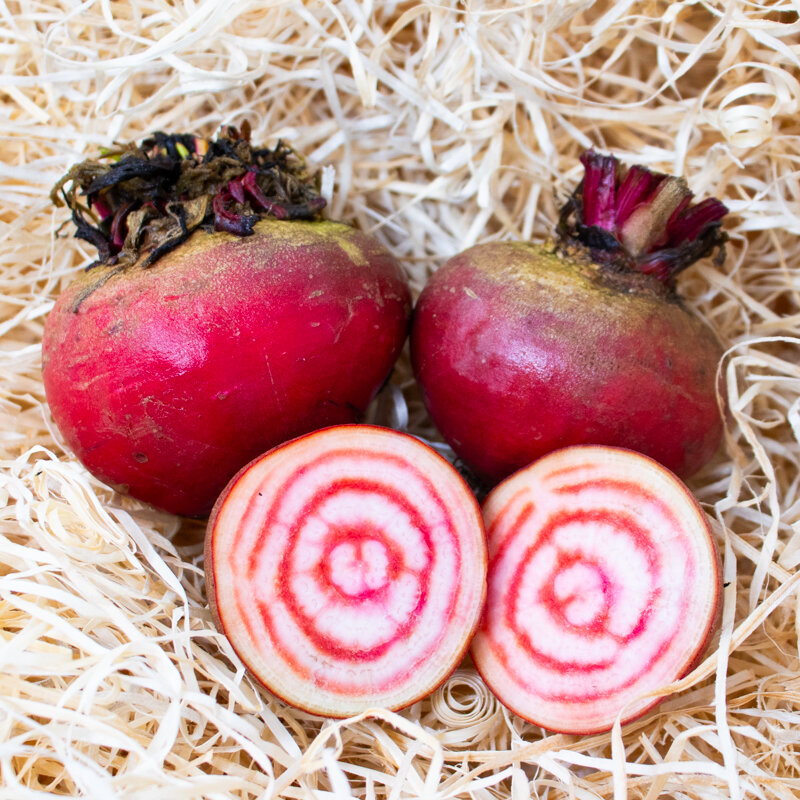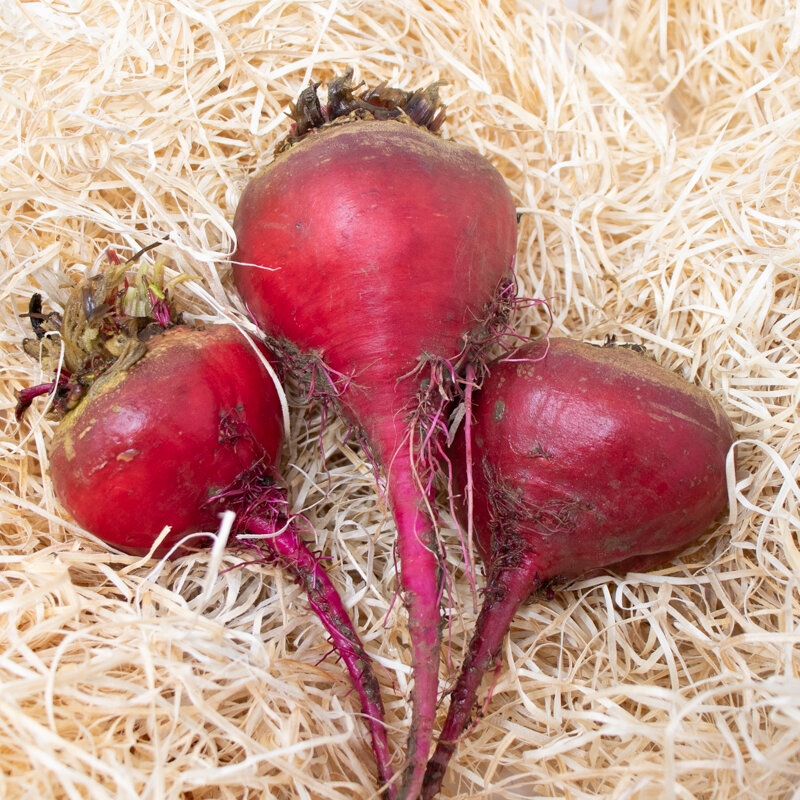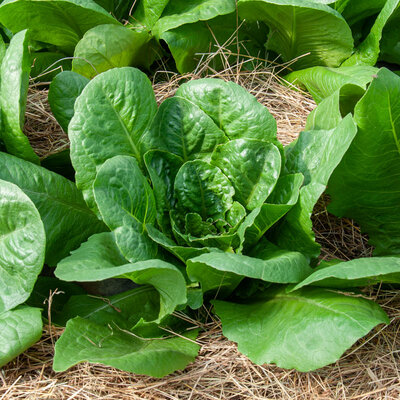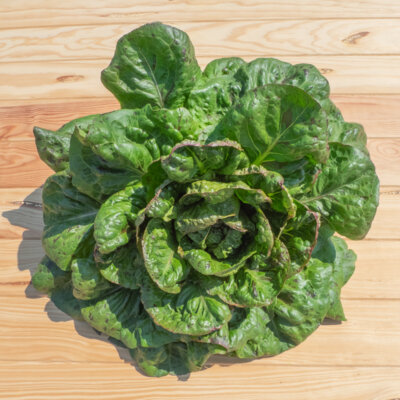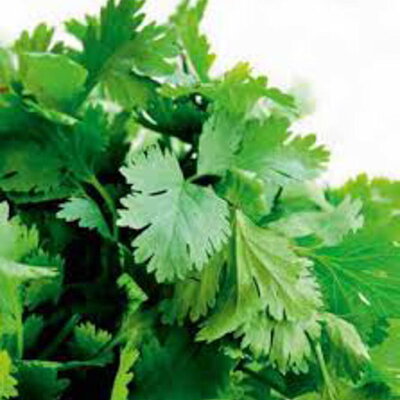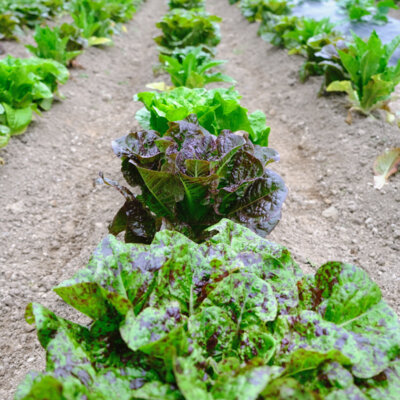Chioggia - Pink Beet
This ancient variety produces an abundance of round roots with an intense red epidermis and pink flesh veined with white. De Chioggia beet has a firm texture and a mild, sweet flavor that is highly appreciated in cooking.
What are the characteristics of De Chioggia pink and white beet?
De Chioggia pink and white beet, Ceta vulgaris, is an ancient mid-season variety from Italy. Also known as " Barbabietola rossa di Chioggia", this red-skinned root vegetable first appeared in 1840, in the market gardens around Venice. Prepared in carpaccio or grated into salads, its sweet pink flesh with white veins is a delight to eat.
How to grow De Chioggia pink and white beet?
This root vegetable variety can be sown from March to May in pots, and from April to July in the garden. Be careful, however, not to sow too early: this beet can go to seed very quickly.
To sow in a bucket, bury the seeds 5-7 mm deep in sowing compost, then water abundantly. Transplant when the plants reach the 5-6 leaf stage, after the first frosts.
De Chioggia pink and white beet can also be sown in the vegetable garden. Although this variety thrives in sunny locations, it's best to plant it in cool soil because, like all root vegetables, it's drought-averse. We therefore recommend frequent watering and mulching to conserve moisture, in soil enriched with mature compost. Maintain a distance of 20 cm between seeds, thinning out if necessary to encourage the growth of the most vigorous plants.
What companion plants should I grow with De Chioggia beet?
Although De Chioggia pink and white beet is a disease-resistant variety, it can nevertheless be affected by mildew and rust if over-watered.
Beets are best grown with companion plants: Cipollini Jaune onion, Saint Blaise romaine lettuce, batavia lettuce and other leafy greens...
How to store De Chioggia beet?
De Chioggia beets are harvested from July to December. Roots to be preserved should be stripped of their tops, wiped dry and stored in a cool, dark place, such as a cellar. Burying them in dry sand preserves them throughout the winter.
In the kitchen, they are excellent vegetables, rich in vitamins A, B1, B2, B6 and C. They can be used in a wide range of recipes: in salads, raw or cooked, grated or in carpaccio.
Their leaves, which are also a good source of minerals and trace elements, contain as much iron as spinach. The root provides other substances: choline, folate, iodine, manganese, sodium, potassium, fiber and carbohydrates. This beet facilitates blood regeneration, making it a dish of choice in cases of hemorrhage, convalescence or preparation for childbirth.
These products may also be of interest to you
in the ground, online
Sow in pots. Transplant at least 20 cm apart in all directions, when plants have 5 to 6 leaves and soil is sufficiently warm. Sow directly in place, in rows 20 to 30 cm apart. As soon as plants have 3 to 4 leaves, thin to 15 or 20 cm along the line, keeping the most vigorous. Overgrown plants can be transplanted.
Sow every 2 to 3 weeks to stagger harvesting, and water regularly.
February, March
April, May, June
June, July, August, September, October, November
in the ground
sunny, semi-shade
medium
all floor types
drained, light, fees
Beta vulgaris
mid-season
From 80 to 500 g
6 grams
round
farm
Pink, White
From 40 to 60 cm
From 15 to 20 cm
corrugated
Italy
1840
This ancient Italian variety from the Venice region is also known as "Barbabietola rossa di Chioggia". Chioggia is a beet unlike any other. Named after a seaside city, a miniature replica of Venice, located on a small island at the southern entrance to the Venetian lagoon, where it originated, it was described in the 1840s and originated in the market gardens around Venice.
As well as being excellent vegetables, beet is rich in vitamins A, B1, B2, B6 and C, and its leaves, which are also an excellent source of many minerals and trace elements (calcium, magnesium, copper, phosphorus, sodium, iron, etc.), contain as much, if not more, iron.The root contains fewer minerals than the leaves, but provides a long list of interesting substances: choline, folate, iodine, manganese, sodium, potassium, fibre, as well as carbohydrates in an easily digestible form. And although its iron content is not very high, it is of excellent quality, making beet an interesting food to help blood synthesis. Particularly recommended in cases of haemorrhage, in preparation for childbirth or during convalescence...



